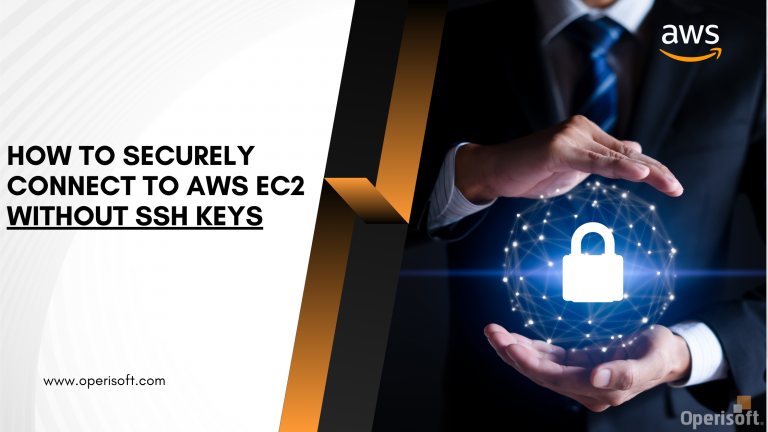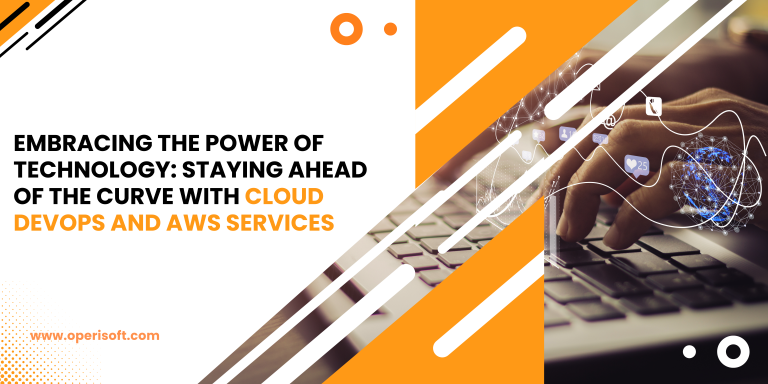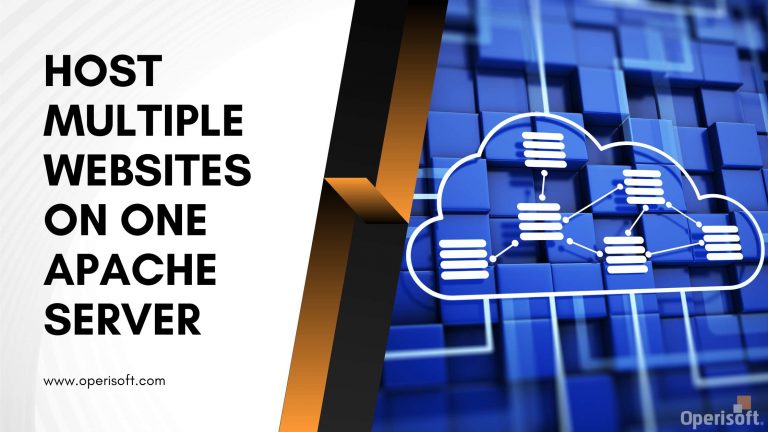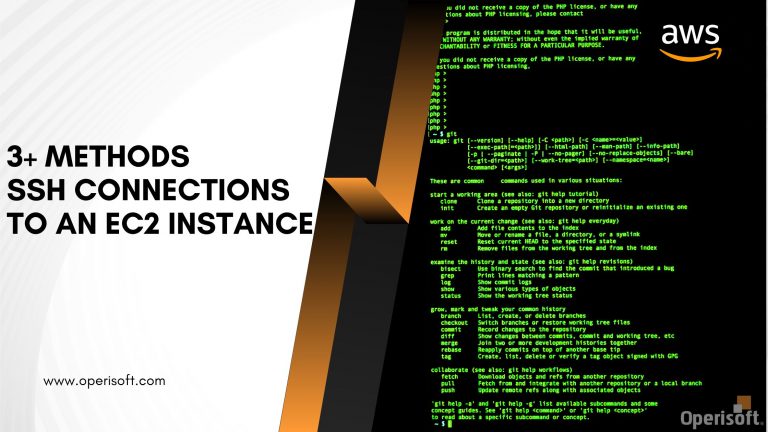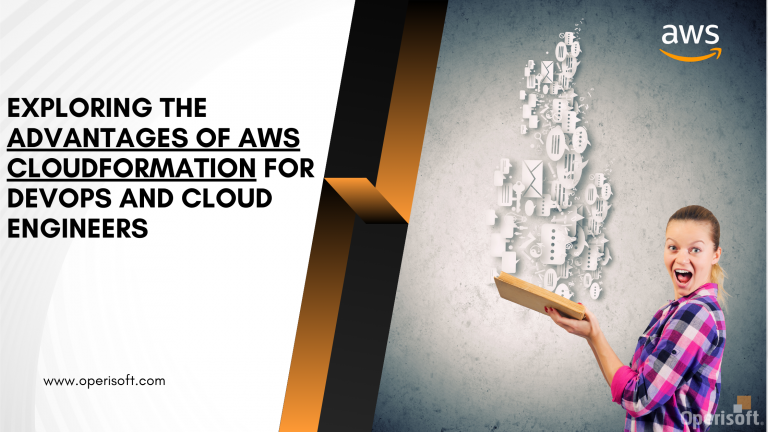Securing cloud infrastructure, especially with AWS security consulting services, is paramount in today’s digital landscape, given the escalating cyber threats and the criticality of protecting sensitive data. The rise in cyberattacks is evidenced by the substantial financial impact, with the average cost of a data breach globally reaching $4.24 million in 2021, as reported by IBM. Verizon’s 2021 Data Breach Investigations Report further highlights the prevalence of cyber threats, with 61% of breaches involving credential theft and hacking.
Concurrently, the growing adoption of cloud services, projected to reach $461 billion in worldwide public cloud revenue by 2024 according to Gartner, underscores the increasing reliance on cloud infrastructure. AWS, as a leading cloud provider with a revenue of $45.37 billion in year 2021, plays a pivotal role in this landscape. However, the impact of data breaches can be substantial, with the average total cost estimated at $4.24 million and $6 million, according to the Ponemon Institute and Forrester respectively, accentuating the financial consequences of inadequate security measures.
Regulatory compliance adds another layer of complexity, with frameworks like GDPR and HIPAA mandating stringent security measures and imposing hefty fines for violations. The escalating demand for security services, with the global cloud security market projected to grow to $68.5 billion by 2026, reflects organizations’ prioritization of cybersecurity investments. In this context, leveraging AWS security consulting services becomes imperative to establish a robust security posture, mitigate cyber risks, and safeguard the integrity and confidentiality of data in the cloud environment.
Threats to Data Security on AWS:
Threats to data security on AWS (Amazon Web Services) can come from various sources and manifest in different forms. Here are some common threats:
- Unauthorized Access:
- Unauthorized users gaining access to AWS resources through stolen credentials or exploiting misconfigured access controls.
- Data Breaches:
- Compromising the confidentiality, integrity, or availability of data stored on AWS through unauthorized access or vulnerabilities in applications or infrastructure.
- DDoS Attacks (Distributed Denial of Service):
- Overwhelming AWS resources with a flood of traffic, leading to service disruption and potentially making data inaccessible to legitimate users.
- Malware and Viruses:
- Infection of AWS instances or applications with malicious software, leading to data corruption, theft, or system compromise.
- Insider Threats:
- Malicious actions or inadvertent mistakes by employees or contractors with access to AWS resources, resulting in data breaches or service disruption.
- Insecure APIs (Application Programming Interfaces):
- Exploitation of vulnerabilities in APIs used to access AWS services , leading to unauthorized access, data leaks, or other security incidents.
- Data Loss:
- Accidental deletion, corruption, or loss of data stored on AWS due to human error, hardware failures, or software bugs.
- Misconfigurations:
- Improperly configured AWS services or security settings, leading to unintended exposure of sensitive data or vulnerabilities that could be exploited by attackers.
- Supply Chain Attacks:
- Compromising third-party services or dependencies used within AWS environments, allowing attackers to gain unauthorized access or inject malicious code.
- Compliance Violations:
- Failure to adhere to regulatory requirements or industry standards for data protection and privacy, leading to legal consequences or financial penalties.
These threats underscore the importance of implementing robust security measures, such as access controls, encryption, monitoring, and regular security assessments, to protect data on AWS and mitigate the risks associated with cloud computing environments.
Best Practices to be Implemented for Protecting Your Cloud Infrastructure:
Protecting your cloud infrastructure, especially on platforms like AWS (Amazon Web Services), requires a comprehensive approach that addresses various security aspects. Here are some best practices to implement for safeguarding your cloud infrastructure:
- Identity and Access Management (IAM):
- Implement strong authentication mechanisms such as multi-factor authentication (MFA) for all user accounts.
- Follow the principle of least privilege by granting only necessary permissions to users, roles, and services.
- Regularly review and audit IAM policies to ensure they align with security requirements and least privilege principles.
- Data Encryption:
- Encrypt data both in transit and at rest using encryption protocols such as TLS for network traffic and AWS Key Management Service (KMS) for data storage.
- Use AWS services like AWS Key Management Service (KMS) to manage encryption keys securely.
- Implement encryption for sensitive data stored in databases, object storage, and other data repositories.
- Network Security:
- Utilize AWS Virtual Private Cloud (VPC) to create isolated network environments with granular control over network access.
- Implement network segmentation and firewall rules to control traffic between different parts of the infrastructure.
- Use AWS Security Groups and Network Access Control Lists (NACLs) to restrict access to resources based on IP addresses and ports.
- Logging and Monitoring:
- Enable logging for all AWS services and regularly review logs for suspicious activities or security incidents.
- Implement AWS CloudTrail to track API activity and AWS Config to monitor configuration changes.
- Use AWS CloudWatch for real-time monitoring of resource utilization, performance metrics, and security events.
- Patch Management:
- Regularly apply security patches and updates to AWS services, operating systems, and applications to address known vulnerabilities.
- Automate patch management processes using AWS Systems Manager or third-party tools to ensure timely and consistent patching.
- Incident Response and Disaster Recovery:
- Develop an incident response plan outlining procedures for detecting, responding to, and recovering from security incidents.
- Implement automated backups and disaster recovery mechanisms to ensure business continuity in the event of data loss or system failures.
- Conduct regular drills and exercises to test the effectiveness of incident response and disaster recovery procedures.
- Security Compliance:
- Stay informed about regulatory requirements and industry standards relevant to your organization’s operations and data.
- Implement security controls and practices to ensure compliance with standards such as GDPR, HIPAA, PCI DSS, and SOC 2.
- Use AWS services like AWS Artifact and AWS Compliance Center to access compliance documentation and reports.
- Employee Training and Awareness:
- Provide security awareness training to employees, contractors, and partners to educate them about security best practices and policies.
- Encourage a culture of security by promoting accountability and responsibility for protecting cloud resources and data.
By following these best practices, organizations can enhance the security posture of their cloud infrastructure on AWS and mitigate the risks associated with cloud computing environments.
Conclusion:
Advancement of technology leads to frequent cyberattacks, so protecting AWS has become crucial. Nowadays, almost all people’s data and information are stored on the cloud, and keeping it safe is the prime duty of technical professionals. So, if you are part of the cloud infrastructure, then hiring a trustworthy cloud service provider for protection is crucial. Make sure to thoroughly check your AWS DevOps services from time to time and avoid any misuse of personal data and information. Also, keep your cloud infrastructure safe and secure with the incredible practices presented in the article and rest assured about its use.


